Safer Sex

Safer sex is an effective method of preventing the transmission of HIV.
The most important rule: condoms protect you during sex. In addition, you should not allow sperm to enter your mouth when having oral sex.
There are also other ways to reduce the risk of HIV infection, particularly in established relationships. That includes, for example, taking an HIV test together and agreeing not to take any risks outside the relationship.
Important to know: even safer sex is not 100% safe. Condoms can tear or come off, for example. This risk can be greatly reduced by knowing how to use condoms and practicing this. Safer sex is then really very safe.
Rules
The most important rules for safer sex are:
- Condoms offer protection during sexual intercourse (anal or vaginal). A generous amount of oil-free lubricant should be used during anal sex or if the vagina is dry, in order to prevent injuries. The lubricant also reduces the risk of damage to the condom. Note: oil-containing lubricants such as Vaseline or massage oil destroy condoms!
- During oral sex (cunnilingus or fellatio), do not allow semen or menstrual blood to enter the mouth. This rule applies above all when you cannot be sure of your partner's HIV status, for example with a one-night stand or anonymous contact, or in a new relationship that has only recently begun.
Strategies
In addition to guidance for safer sex, there are also other ways to reduce the risk of HIV infection, particularly in established relationships.
Partners can go together to be tested for HIV ("Bilanztest"). If both are HIV-negative and do not have sex with other partners, they can stop using condoms.
Some couples expand this rule: they have an open relationship and only ever have safer sex outside the relationship, so that they can have sex without condoms within the relationship. Very clear agreements are necessary in a situation like this. This strategy is therefore called "negotiated security."
Getting tested together and using "negotiated security" requires great trust in your partner: do they really not have unprotected sex with other partners? If it does ever happen, the partner must be honest about it, so as not to endanger their regular partner.
Important: Get informed about an HIV test.
Viral load method
The ‘viral load method’ is used by some couples when one partner is HIV-positive and the other HIV-negative.
For this method, the HIV-positive partner must be on effective HIV treatment and have had no HIV detectable in the blood for at least 6 months. In that case, far less virus is present in bodily fluids such as semen and vaginal fluid. The risk of HIV transmission is then minimal.
Important: the HIV-positive partner must take their treatment regularly and its effectiveness must also be regularly checked. In addition, it is important that both partners have no other sexually transmitted infections.
The viral load method should only be used after talking to your doctor.
More information about this can be found in the section on LIVING WITH HIV.
Share on





